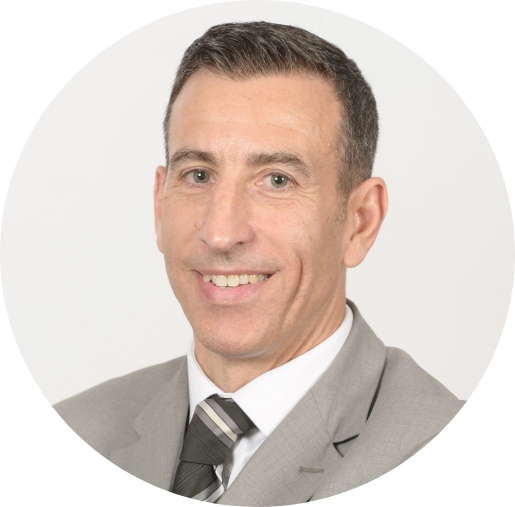Here’s your chance to get to know Richard Gabry, Head of Development and Customer Relations at Tisséo Voyageurs. With over 20 years’ experience in leading teams and almost 17 years with Tisséo, Richard is a multi-talented manager with a passion for teamwork and challenges. From purchasing management to commercial transformation, he has supported change by putting the customer at the heart of the strategy. Find out how he is shaping the future of public transport in Toulouse.
👇

Richard GABRY
Head of Development and Customer Relations
Tisséo Voyageurs
Can you tell us about your career at Tisséo and how you went from being head of purchasing and procurement to deputy director for commercial development and customer relations?
I joined Tisséo Voyageurs to set up the purchasing and procurement department with the aim of developing the buying culture in the company and optimising our expenses. After spending nine years consolidating our purchasing policy, I needed a new challenge; when our CEO arrived, he was looking for a manager who could rise to the demanding goals for commercial development.
I joined the customer department with the task of expanding sales and engaging and supporting change in our teams to make us more proactive.
As head of commercial development, what are your main strategies for increasing the use of public transport in the Toulouse urban area?
The customer department is implementing a swath of actions to deliver content making our sales plan more meaningful.
As well as the much-needed transformation of our distribution channels, we help manage changes in transport networks by working with all the stakeholders concerned: schools and businesses, key points of interest that can benefit from a better transport offering, and so on.
Our marketing teams feed back information to our sales teams, who then refine targets and work with our colleagues in communications and passenger information to make this targeting even more effective, through in-field initiatives aimed at the general public, stands in companies, events-related ticket sales, contests, personalised emails, telemarketing and more. We measure each action and make adjustments if the results aren’t what we expected. The overall dynamic we’re engaged in delivers up to as many as 800,000 ticket validations across the network on some days.
Since 2017 we’ve also been running a loyalty programme that now has close to 100,000 members.
How do you approach customer relations when it comes to public transport? What initiatives have you put in place to improve the Tisséo user experience?
Company policy consistently puts customers at the heart of what we do. Our services can be dedicated and/or personalised for customers with specific needs: creating appointments in sales outlets, late opening hours for city-centre outlets at the start of school terms, putting itinerant staff on the network throughout the day, and so on.
Our customer journey provides access to a number of complementary services such as local shops and vending machines in metro stations; judging by the numbers reported, these are very much appreciated!
In another development, in September 2023 we opened a special space for people seeking to know more about the impact of the construction works involved in building our third metro line; the idea is to help them with their journeys during this phase. In addition, the space gives people the opportunity to find out more about our digital solutions and how to get the best use out of them.
We also take care to ensure we have people on the ground when a major event is scheduled. For example, in 2023 the city hosted five Rugby World Cup matches. New people use the network during big events like these, and we need to make sure their first impressions are good so that they’re keen to use it again in the future. That means staff training is: we’ve enhanced and extended training for customer services staff as well as for administrative personnel, who’ve been happy to join in.
How do you work alongside other local stakeholders such as businesses, institutions and non-profits to promote public transport and develop strategic partnerships?
Promoting public transport in collaboration with local stakeholders is a key component of our success. We’re a service provider, and our customers have high expectations spanning a wide range of issues that we have to address. Businesses, events venues and sports clubs all have different needs.
At a time when ESR-related concerns are to the fore, businesses are increasingly turning to us, giving us new opportunities to become their preferred partners for employee mobility through dedicated fares, ride-sharing services geared to companies, car-sharing schemes and more. We’ve also strengthened our company-facing sales team to boost promotion of our sustainable alternatives to solo car use.
What are the main challenges you’re facing as you develop public transport in Toulouse? What innovative projects are you looking at to address these challenges?
As you know, the Toulouse urban district has several major network expansion projects underway: an express airport line, the extension of metro line B, a third metro line, new Bus Rapid Transit routes and express lines serving the outer suburbs, so there’s a real step change on the horizon for 2030.
There are many significant challenges involved in integrating these services across the network, as well as in taking into account innovations such as AI; the latter will give us genuine opportunities to develop new services and provide fresh sources of growth.
Our organisation needs to stay agile for us to remain a leading network.
With over twenty years’ experience in leading teams and almost seventeen years with Tisséo, Richard is a multi-talented manager. Supporting the development of technical teams, buyers, legal specialists and sales staff is a major source of motivation for him: as he says, “I enjoy working with people; I like a challenge too, and I like setting myself ambitious goals.” Today, he has an excellent overview of the issues facing the industry and the need for transformation: change management is another of his drivers. His experience makes him a key player in the much-needed transformation of distribution channels amid changing customer purchasing habits and the need for lower-carbon mobility in view of the climate emergency.
